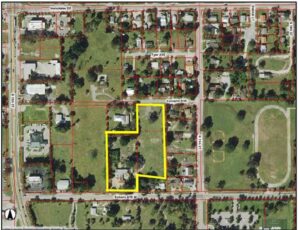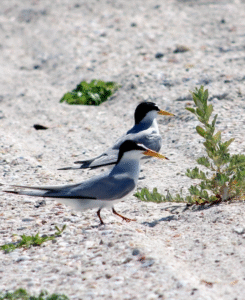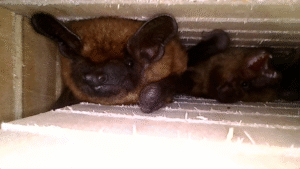The Sanibel-Captiva Conservation Foundation (SCCF) reported on February 12 that the red tide bloom off Sanibel and Captiva appears to be weakening. This assessment is based on lower cell counts and satellite imagery, which indicates the bloom is shifting north and south of the islands.
Declining Red Tide Levels
Recent testing by the SCCF Marine Lab found the highest Karenia brevis concentration at Blind Pass Beach with 1.9 million cells per liter, followed by Tarpon Bay Road Beach at 1.5 million cells per liter. These levels have significantly dropped compared to 22 million cells per liter detected two weeks ago at some Sanibel beaches.
“We found the highest counts in Tarpon Bay, with two readings over 250,000 cells per liter, and some concerns near Redfish Pass. However, overall, it appears to be subsiding in Pine Island Sound,” said SCCF Research Associate Mark Thompson.
Farther south, water sampling near San Carlos Bay and the Sanibel Causeway detected little to no Karenia brevis, reinforcing the downward trend.
Satellite Data and Fish Kill Reports
While causeway and beach samples collected on February 12 contained no detectable Karenia cells, some respiratory irritation was still reported by scientists and volunteers. Satellite imagery also revealed a significant shift in the bloom, with reduced intensity and movement away from the islands.
In addition, reports of fish kills have decreased compared to last week. However, SCCF scientists caution that red tide blooms can fluctuate, sometimes fading only to resurge later.
“The latest satellite fluorescence shows smaller patches, which could mean the bloom is declining—or simply regrouping,” said SCCF Research Scientist Rick Bartleson.
He explained that Karenia brevis concentrations can drop to zero inshore and nearshore, while phytoplankton shifts may temporarily suppress red tide before another potential spike.
Outlook and Water Management Updates
Despite lingering patches offshore—one north of Captiva and another south toward Collier County—scientists remain cautiously optimistic that the bloom has run its course for now.
However, Florida Department of Health advisories remain active for several area beaches.
Meanwhile, SCCF’s environmental policy team continues to work with water managers as the U.S. Army Corps of Engineers (USACE) plans its dry season flow management strategy.
“We are asking the USACE to reduce flow targets at the S-79 structure to the lower range of the optimum flow envelope,” said SCCF Policy Associate Allie Pecenka. “This will help minimize nutrient loading while maintaining the salinity gradient of the Caloosahatchee Estuary.”
Stay Updated
SCCF will continue monitoring red tide conditions and advocating for responsible water management to protect Sanibel and Captiva’s coastal ecosystems.
For the latest updates, visit SCCF’s website or follow them on social media.






